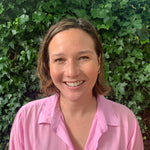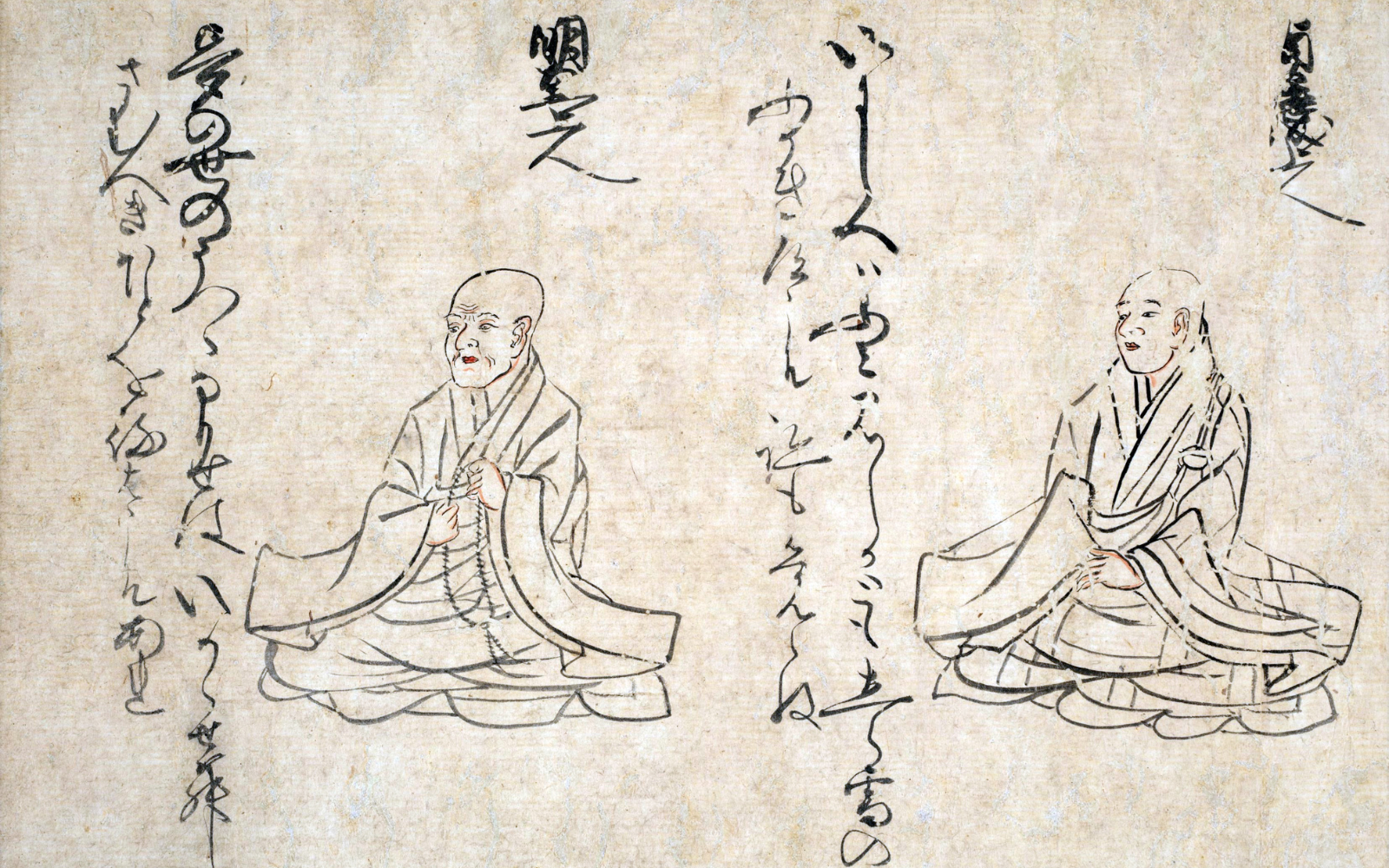I don’t need to tell you that there are several industries focused on selling you things to improve your skin or at least to look younger and better. From skin care and makeup, cosmetic surgeries and other manipulations, there’s no shortage of snake oils to buy. While my laziness prevents me from participating fully, I still spend a decent amount of time examining my skin—particularly that on my face—for blemishes and age-associated changes like wrinkles and spots. As much time and brain space as I dedicate to this, when I sat down to write about skin today, I realized that I don’t spend much time thinking about how skin works. Kidneys? Sure. But, my skin? Less so. But, it’s certainly worth time examining how it functions—and how to improve how it functions—not the least to improve how it looks.
The Skin at Work
The skin is an organ made up of several layers epidermis, dermis and hypodermis and appendages like nails, sweat glands and hair follicles. Each layer includes a variety of cell types; the dermis, for example, includes immune cells. Their forces combine to protect your insides from the outside and the regular assault of pathogens, ultraviolet radiation, allergens, oxidative stress, and various chemical toxins. Providing this protection means too that many skin cells are regularly damaged and die. To remain effective and efficient, the body must continuously remove these cells—without sounding the alarm to the immune system—and actively purge dying or senescent cells.
Autophagy
A process called autophagy, or self-eating, makes sure that these cells are cleared away. This same process also participates in other physiological activities necessary to maintain skin integrity and homeostasis, among others. Oxford University scientist Katja Simon describes the primary form of autophagy—macroautophagy— as the “recycling van that delivers the rubbish to the recycling centre.” A highly specific and regulated process, it makes sure that particular waste is picked up and taken to lysosomes of the cells for digestion. Learn more about autophagy here.
Benefits of Autophagy for Skin
Pathogens
Autophagy plays a critical role in clearing pathogens like bacteria and fungi from the skin. Among the infections prevented by autophagy are leprosy and sepsis (bacteria) and candidiasis and candida intertrigo(fungus). In skin, autophagy also plays a role in clearing viruses like herpes and degrading viral capsid proteins (how viruses travel around) [1].
Wound Healing
Autophagy plays an important role in clearing immune responses for wound healing and when an injury is healed. When the skin is wounded and its barrier function is disrupted, there is a rapid immune response in alarm [2]. But to induce healing, the immune response like proinflammatory cytokines, for example, need to be cleared. This is particularly important after an infection is cleared and/or when an injury is healed. Otherwise, the body maintains a proinflammatory response to its detriment.
UV Radiation
Autophagy helps the skin mount a response to UV radiation and clear cells damaged by UV rays. UV radiation accelerates most the effects of aging on the skin. Some of those spots and wrinkles I can see in the mirror, can be blamed on the radiation absorbed during sun worship. When the skin is exposed to UV radiation, autophagy increases in a skin cell type called keratinocytes and causes epidermal thickening and, later, hyperplasia. This hyperplasia prevents the the UV rays from penetrating the skin. For keratinocytes damaged by UV rays, autophagy again plays clean up. People with an autophagy-related autominne disorder that unable to clear these dead or damaged cells suffer skin lesions as a result of exposure to UV light.
Despite the important list of ways the skin benefits from autophagy above (though incomplete), “skin in the context of autophagy remains an uncharted territory and warrants further investigation” [2]. This means, as we learn more, we’re likely to find out even more benefits to autophagic flux.
How to Induce Autophagy
What is clear is that inducing autophagy, a process that declines as we age, is a worthwhile endeavor. Among the common non-pharmaceutical interventions known to induce autophagy are exercise, fasting and/or caloric restriction, and caloric restriction mimetics. Caloric restriction mimetics are foods and supplements that mimic or induce similar effects to calorie restriction like activate autophagy. There are a few confirmed CRMS [2], but we will focus on spermidine.
Spermidine is naturally produced by the body and can be found found in many foods such as aged cheeses and wheatgerm.
Spermidine Supplements
Perhaps the easiest way to induce autophagy is to maintain spermidine levels through supplements. There are a few on the market, but we believe Primeadine is the best. There are many reasons we think this, but we’ll focus on sourcing and manufacturing: This premium spermidine supplement is carefully extracted in Japan using a precisely controlled drying method. Its tested once in Japan and again tested by a third party for purity and heavy metals in the United States. It’s encapsulated in our Good Manufacturing Practices (GMP)-certified plant in the US using vegan capsules. Find out more about our quality and testing control here.
Protecting Your Skin
If you buy any two things to maintain your skin, I’d recommend Primeadine and sunscreen. I hope that I’ve convinced you that inducing autophagy is a worthwhile endeavor and even scared you a bit about UV radiation. Taking your spermidine supplements and using sunscreen regularly on sun-exposed skin should help keep your skin healthy, prevent damage, and put off the appearance of wrinkles we’re all loathe to see.
References:





Leave a comment
All comments are moderated before being published.
This site is protected by hCaptcha and the hCaptcha Privacy Policy and Terms of Service apply.